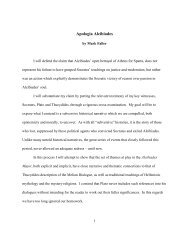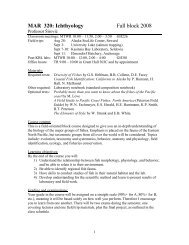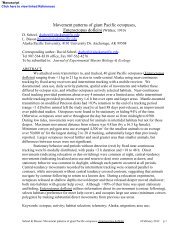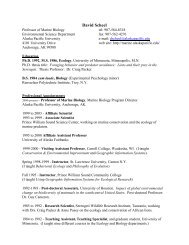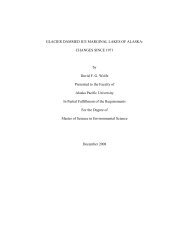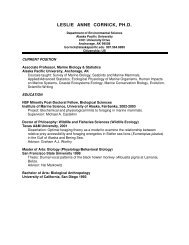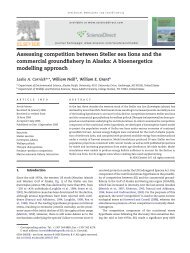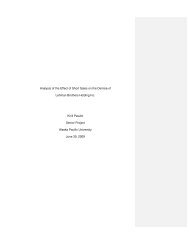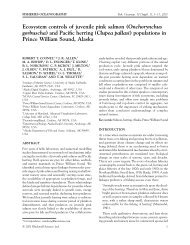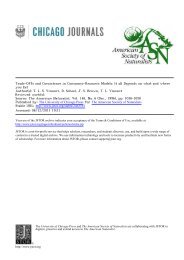Tiana Mikes Project - Alaska Pacific University
Tiana Mikes Project - Alaska Pacific University
Tiana Mikes Project - Alaska Pacific University
You also want an ePaper? Increase the reach of your titles
YUMPU automatically turns print PDFs into web optimized ePapers that Google loves.
Insights into Feminism 16<br />
Women Wages<br />
In 1997, Betty Friedan wrote about how women’s wages were around 72% of<br />
men’s, “They are not equal at the top…but women are now represented in all levels<br />
below the top” (p. xix). She found it disturbing that the main contributing factor to this<br />
diminishing of the earnings gap was from a drop in men’s earnings at 66% rather than<br />
from an increase in women’s earnings at 34% (p. xix).<br />
In 1997, David Colander and Joanna Woos, viewed women and men college<br />
professors and concluded that the pay disparity reflects systematic demand-side<br />
institutional discrimination (p. 60). They believed that women are withheld institutionally<br />
from tenure, because institutions do not offer alternatives to women during their<br />
childbearing years (p. 60). They proposed an alternative track toward tenure to eradicate<br />
the institutional discrimination (p. 61). In 2005 and 2006, Sandra Perry reviewed case law<br />
dealing with the Equal Pay Act as it applied to claims of pay discrimination by faculty in<br />
higher education. She found that the women earned 80% to that of the men. According to<br />
Perry, the reasons were; women are frequently employed at the lower paid rank of<br />
nontenure track or unranked positions and that women are usually employed at associate<br />
and baccalaureate colleges (p. 21).<br />
In 2002, Charles Baum researched the effects of work interruptions on women’s<br />
wages. He used the National Longitudinal Survey of Youth data from 1979 to 1994 with<br />
women respondents ages 14 to 21 in 1979 (p. 9). His research found that work<br />
interruptions contributed to a 2-3% per year of interrupted work decrease in wages which



